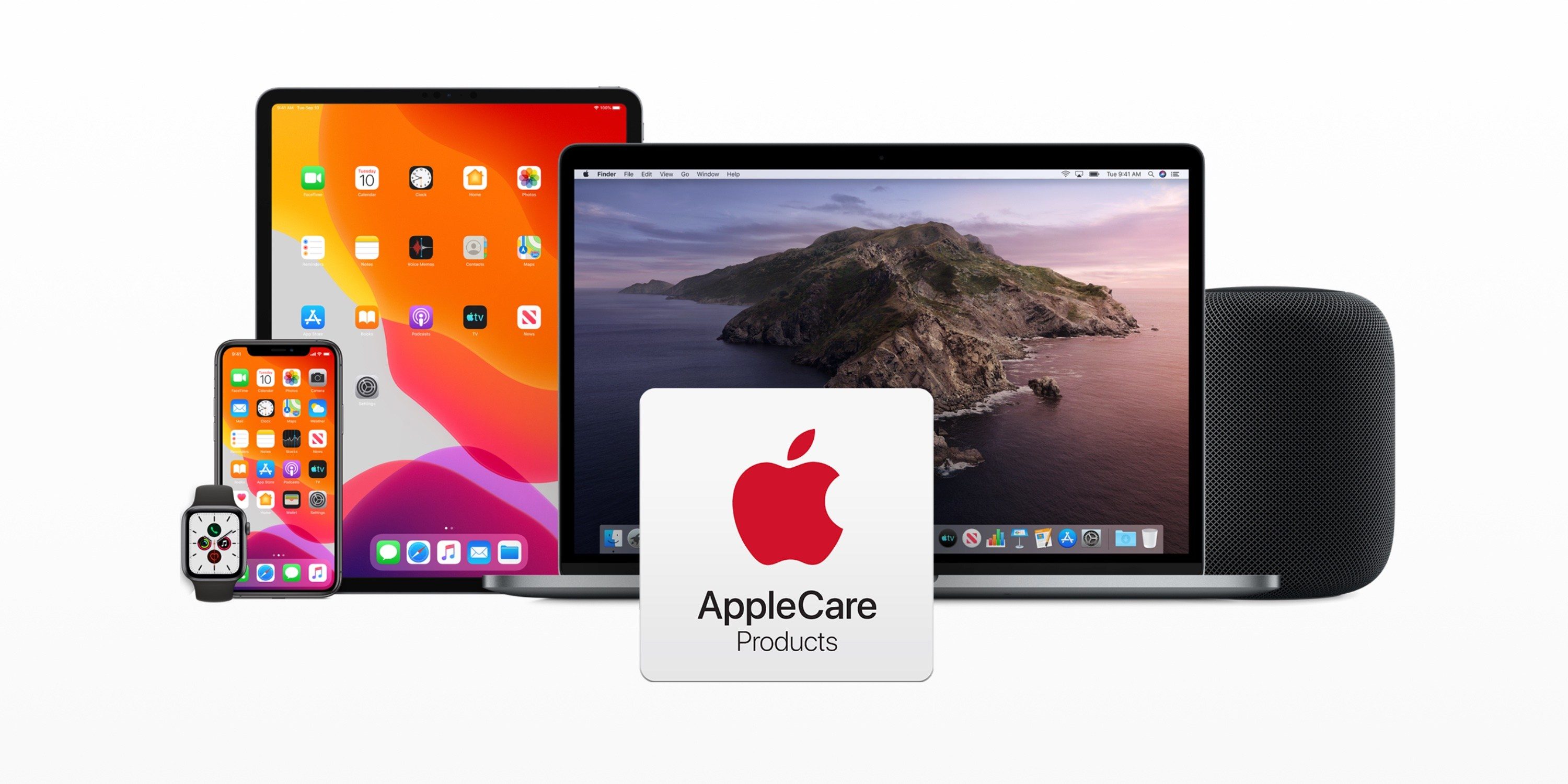 1534
1534
 2019-09-23
2019-09-23

Is AppleCare worth the price? Is AppleCare good value? These are questions I get asked a lot this time of year. While people generally buy Macs and iPads when they are falling apart, a lot of people love to buy the latest iPhone every other year, if not every year. Thanks to the iPhone Upgrade Program and leasing through cellular carriers, it’s gotten a lot easier to always carry the latest iPhone. I’ve never bought AppleCare on a device, and I’ve never regretted it.
Over the years, I’ve owned many Apple devices. It started with the 2004 PowerBook G4, then 2008 MacBook, iPhone 3G, iPhone 4, iPhone 5, iPhone 6, iPhone 6s Plus, iPhone X, multiple other Mac laptops, and numerous iPads. Personally, I’m not one to carry a lot of extra insurance. I have health insurance, car insurance, and term life insurance. I view insurance as something I need when a catastrophe happens.
A lot of people question why I do term life insurance over whole life. My kids will be out of the house when my term policy expires, and my wife can live off my retirement portfolio if something happened to me. I use the savings of the term policy over the whole life and invest in Roth IRAs, mutual funds, and I also have a 403(b) at work. (Side note: I love Wealthfront for investing. If you need to save for retirement, set up a kid’s college fund, or general investing, I cannot recommend them enough. Enough of that, though.)
Here’s why I don’t buy AppleCare: Statistically, you won’t need it. Apple only sells AppleCare because people will buy it, and it’s virtually free money for them. Especially as Apple switches to a monthly payment model, it’s going to look even better on their balance sheet. In 2018, I looked at the value of AppleCare for enterprise users.
When other schools ask my advice on AppleCare+, I tell them they are better off self-insuring against repairs. Instead of buying AppleCare+ at $79,000, add $25,000 to your annual budget as a repair contingency. If you end up needing it, you’ll have it in the budget. If you don’t, then you have saved the money. If that isn’t an option due to how you are funded (grant money, etc.), you’d be better off purchasing extra devices to deploy as replacements instead of buying AppleCare+. What damage rates are you seeing? Let us know in the comments below.
The same logic can be applied to your personal purchases as well. Let’s say that over the next 10 years, you buy five iPhones, two laptops, three Apple Watches, and three iPads. For the sake of conversation, I’m going to do the same based on the price of AppleCare starting today. If you bought five iPhone Pro Max style devices with the lowest tier, you would be spending $1,000 on AppleCare for your iPhone over the next 10 years. On the Mac, I’ll assume a MacBook Air purchase.
At the $249 rate, you will spend $500 over the next decade on AppleCare for your Mac. For Apple Watch, I’ll assume the $399 model. If you bought three over the next decade, you would spend $237 ($79 per Apple Watch). For the iPad, I am assuming the $329 iPad. If you bought three of them, you’d be spending $207 ($69 per iPad). To add it all up, based on my assumptions, you will be spending $1,944 on AppleCare over the next decade. It’s enough to nearly buy an iPhone Pro, an iPad Air, and still have a little money left over. AppleCare is insurance. You’re betting you’ll need it, and Apple is betting you won’t.

If you are the type of person who always buys AppleCare, start by not buying it, but instead put the purchase price in a separate savings account (or use Wealthfront’s cash account). If you end up needing to have a screen replaced, you’ll have a good portion of it saved. Statistically, you won’t need it, and you’ll get to keep the money. When you buy another Apple hardware device, do the same thing. Over time, you’ll build up enough to replace any broken device you might have. Instead of purchasing AppleCare, self-insure your devices with your own money. So, answer the original question: Is AppleCare worth the price? I don’t think so, if you can be disciplined enough to set money aside to pay for future repairs if they are needed.
Source: 9to5mac